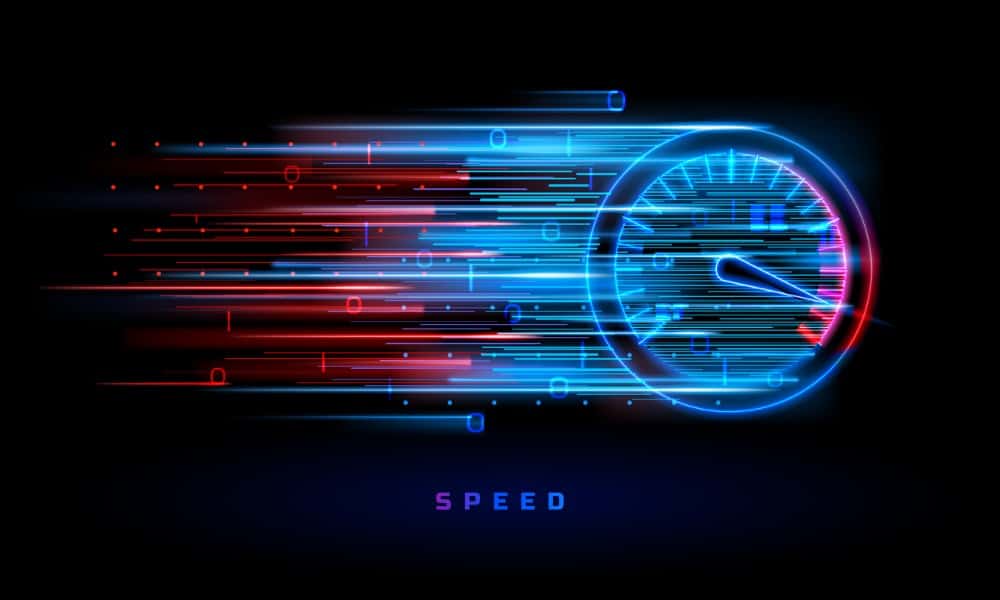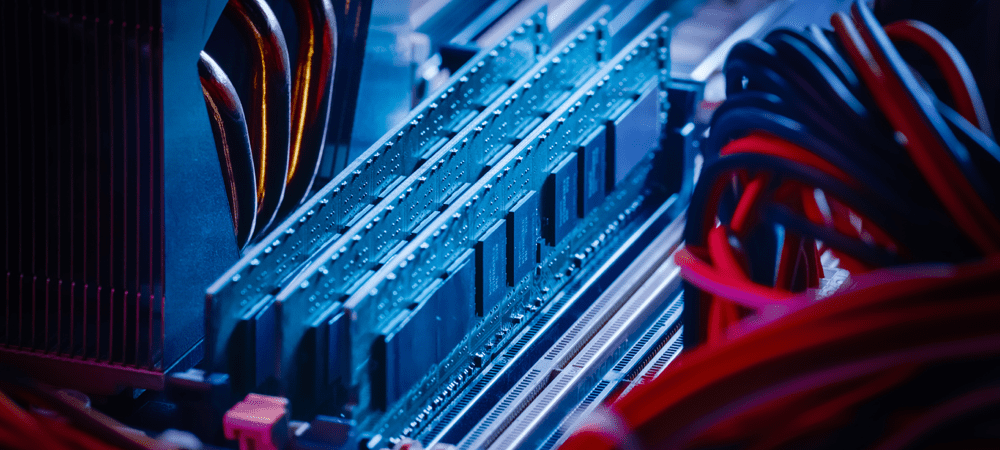If you don’t use Sleep mode or Hibernate mode and power off your PC every time you are done with it, waiting for it to boot up can be irksome. This is especially true when you need to get things done. You can disable startup apps, enable the Fast Startup feature, install new hardware, and more to speed up boot time. Here’s what you can do to make Windows 11 boot faster.
How to Enable Fast Startup on Windows 11
The Fast Startup feature on Windows 11 allows your system to start faster after shutting it down. Unfortunately, it doesn’t save your open apps as Hibernation does, but the OS goes into a hibernate mode that aids with faster startup time. Note: Most modern PCs have the Fast Startup feature enabled by default. However, you can ensure it’s on or enable it via Control Panel settings. To enable Fast Startup on Windows 11: It’s also important to note that you can enable the Fast Boot feature in the UEFI/BIOS settings on some systems. You can manage this setting by pressing F2, F12, or another appropriate key to enter the BIOS on your system. Look for the option in Power or Pre-boot Behavior settings.
It’s also important to note that you can enable Fast Startup on Windows 10.
Disable Startup Apps and Programs
Another straightforward way to make your Windows 11 PC boot up faster is to disable most or all startup apps. Some apps negatively impact the boot time more than others, but you can view which ones have more impact. To disable startup apps on Windows 11:
Disable Startup Apps from Task Manager
In addition to disabling apps from the Settings app, you can also turn them off from Task Manager. To disable startup apps from Task Manager: It’s worth noting that having apps launch during startup is convenient, but certain apps are a detriment to boot times. However, you can disable the ones with high impact to speed up boot time. Also, if you are curious about which ones you need, the answer is none. For example, you can disable all startup apps, and Windows will still boot normally. But you will need to launch the apps manually to start your workflow. If you aren’t on Windows 11 yet, check out how to disable startup apps on Windows 10.
Use Sleep Mode Instead
If you are tired of waiting for your Windows 11 system to boot up, consider using Sleep mode instead. Using Sleep mode will use more power than a complete shutdown, but it’s minimal and saves your open apps, making it easier to start your session. To put Windows 11 to sleep: In addition to manually putting your PC to sleep, you can manage when Windows 11 sleeps.
Update Your PC’s Hardware
Back in the day, adding more RAM to your PC was the secret to a faster experience. But now, if your PC uses a traditional hard disk drive (HHD), upgrading to a Solid State Drive (SSD) is the first place to look. In addition to improving overall speed, popping in an SSD will also speed up boot time.
If you have a more modern system, consider installing an NVMe M.2 SSD which plugs directly into your motherboard. Your motherboard will need an M.2 PCIe slot, but if it doesn’t, you can grab an M.2 NVMe to PCIe adapter for under $20.
While you are swapping out your HDD for an SSD, increasing the amount of RAM in your system certainly won’t hurt. With more RAM, boot times will be improved as more temporary items can load into memory. More RAM also improves your system’s overall speed and performance.
Make Your Windows 11 PC Boot Up Faster
If you are getting sluggish results from your PC, you can make it boot faster by following the above solutions. If you disable startup apps, enable Fast Boot, and your PC is still booting slowly, consider upgrading its hardware if possible. For more, check out ways to make Windows 11 faster on old hardware, and if you don’t have a desktop PC, look at making your laptop faster with Power Mode. Also, if you’re on a laptop, you can check a PC’s supported power features, and after that, check out how to create a custom power plan on Windows 11. Comment Name * Email *
Δ Save my name and email and send me emails as new comments are made to this post.
![]()




















